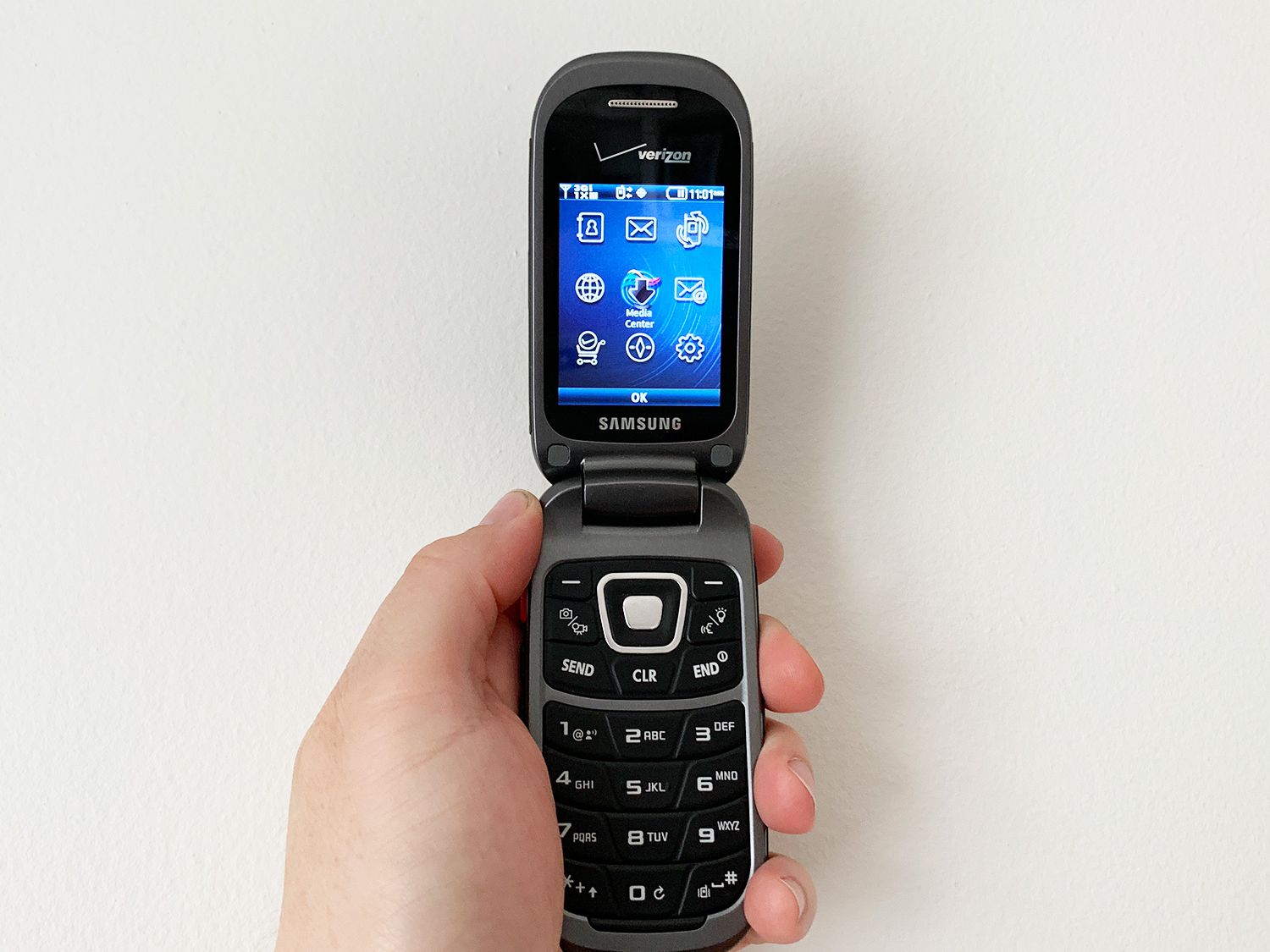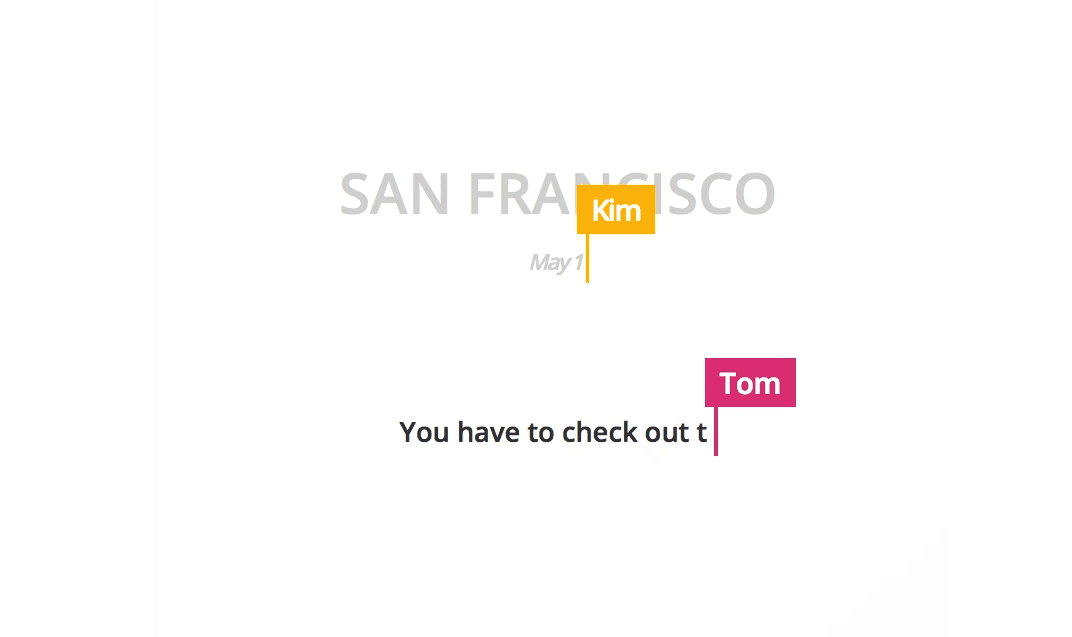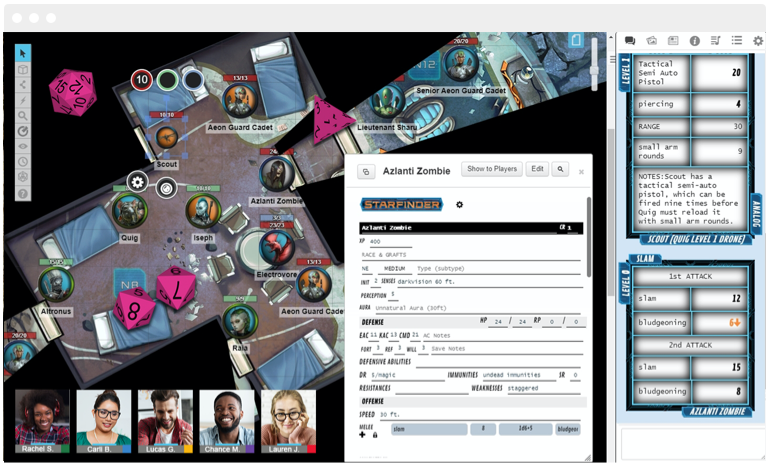social interaction
conversational interaction
face-to-face conversations
typical form
mutual greetings
take turns asking questions, giving replies, and making statements
use implicit or explicit cues to close
mutual closing
conversational rules
Rule 1: the current speaker chooses the next speaker by asking a question, inviting an opinion or making a request.
Rule 2: another person decides to start speaking.
Rule 3: the current speaker continues talking.
coordination mechanism
indicate how long they are going to talk
explicit question asking
subtle cues: back channeling, body orientation, gestures, gaze
breakdowns
rules not always followed
interruptions
listener may no take up cue
repairing
remote conversations

chat applications
how do we handle breakdowns via chat applications like discord?
video conferencing
synchronous video / audio communication
feedback about who is talking
screen sharing
text chat
greetings?
how do we handle breakdowns via video conferencing applications like Zoom?
co-presence
(physical) coordination
collaborative / competitive
verbal commands
non-verbal: nods, shakes, winks, glances, and hand gestures
physical objects
awareness
knowing and understanding:
who is around
what is happening
who is interacting with whom or what
shareable interfaces
capitalize on coordination and awareness mechanisms
digital whiteboards, interactive tabletops
equitable participation
social translucence
visibility of users and actions
awareness of what others are doing and where
accountability for actions

discord
what are some social goals of using discord?
what kinds of conversations are supported?
how are visibility of the others and awareness supported?
what kinds of social protocols and conventions are used?
what kinds of coordinations are involved?
are there any social phenomena that occur on discord that wouldn't happen in face-to-face/remote settings?
telepresence
virtual tabletops

Hiroshi Ishii presents TeleAbsence, Ars Electronica Garden Cambridge from Tangible Media Group on Vimeo.
social vr
virtual reality “face-to-face” conversations
avatars
attend events, create art, play games, explore environments
telepresence robots
give remote participants a physical presence
navigation challenges
different social interactions
awareness and coordination